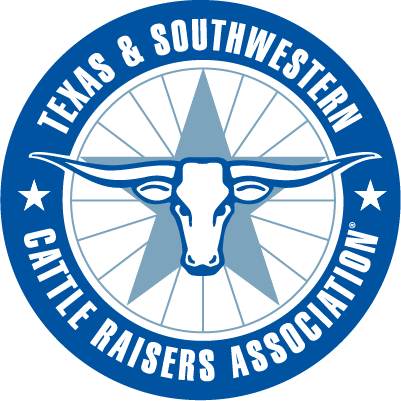
Source: AgriLife Today
More feedlot placements than expected, coupled with large supplies of cold storage beef, will pressure cattle prices in the near term, according to a Texas A&M AgriLife Extension Service livestock economist.
Dr. David Anderson, livestock economist in College Station, said the recent cattle on feed report released by the U.S. Department of Agriculture depicts fewer heifers placed on feed, signaling continued expansion among producers across the country.
“The report has indicated the running themes we have had throughout 2015, which has been fewer placements and a trend in placing heavier animals,” he said. “This is being driven by fewer cows and calves in 2014 and continued in 2015. There were heavy financial losses by cattle feeder operators in 2015. They paid premiums for those animals and then the market dropped lower, forcing them to hold onto to those feeders and add more gain to compensate for the premium they paid.”
The USDA report indicated placements were slightly lower, about one percent less than the year before, Anderson said.
“More cattle were placed weighing over 700 and 800 pounds while total placements declined,” Anderson said. “The report indicated fewer placed, but heavier. The result of the cattle on feed report was half a percent lower than the year before. I think as the market digests this there will be bearish talk in terms of the futures market because placements are bigger than expected and marketings are lower than expected.”
Anderson said the report also included a quarterly breakdown of heifers on feed.
“This report historically goes back to 1996,” he said. “We found in the latest report this was the fewest number of heifers on feed Jan. 1 than in the past 20 years. This gives you more evidence of the strength of expansion going on. We’ve got more steers on feed than a year ago and a record low number of heifers on feed.”
Anderson pointed to another report, the beef cold storage report, that indicated a record supply of beef on hand.
“Throughout 2015, we built up a record supply of cold storage of beef,” he said. “In December, we put more beef in cold storage, more than we did in November. This points out there is a heck of a lot of beef in cold storage. In this case, it’s due to record imports of beef that we brought in, because of record high prices, strength of the dollar and drought in Australia. When it comes here it has to stay somewhere cold, so it stays in the cold chain.
“Going forward, most cold-storage beef is boneless beef that is made into ground beef. That’s a large supply we’ve got to work off going through 2016. As beef imports back off during the year, it will help bring those storage amounts down.”
To view Anderson’s video comments, see http://bit.ly/1RJbGny or watch below.
PO BOX 101988
FORT WORTH, TX 76185
1-800-242-7820
© 2023 Texas & Southwestern Cattle Raisers Association; All Rights Reserved.
